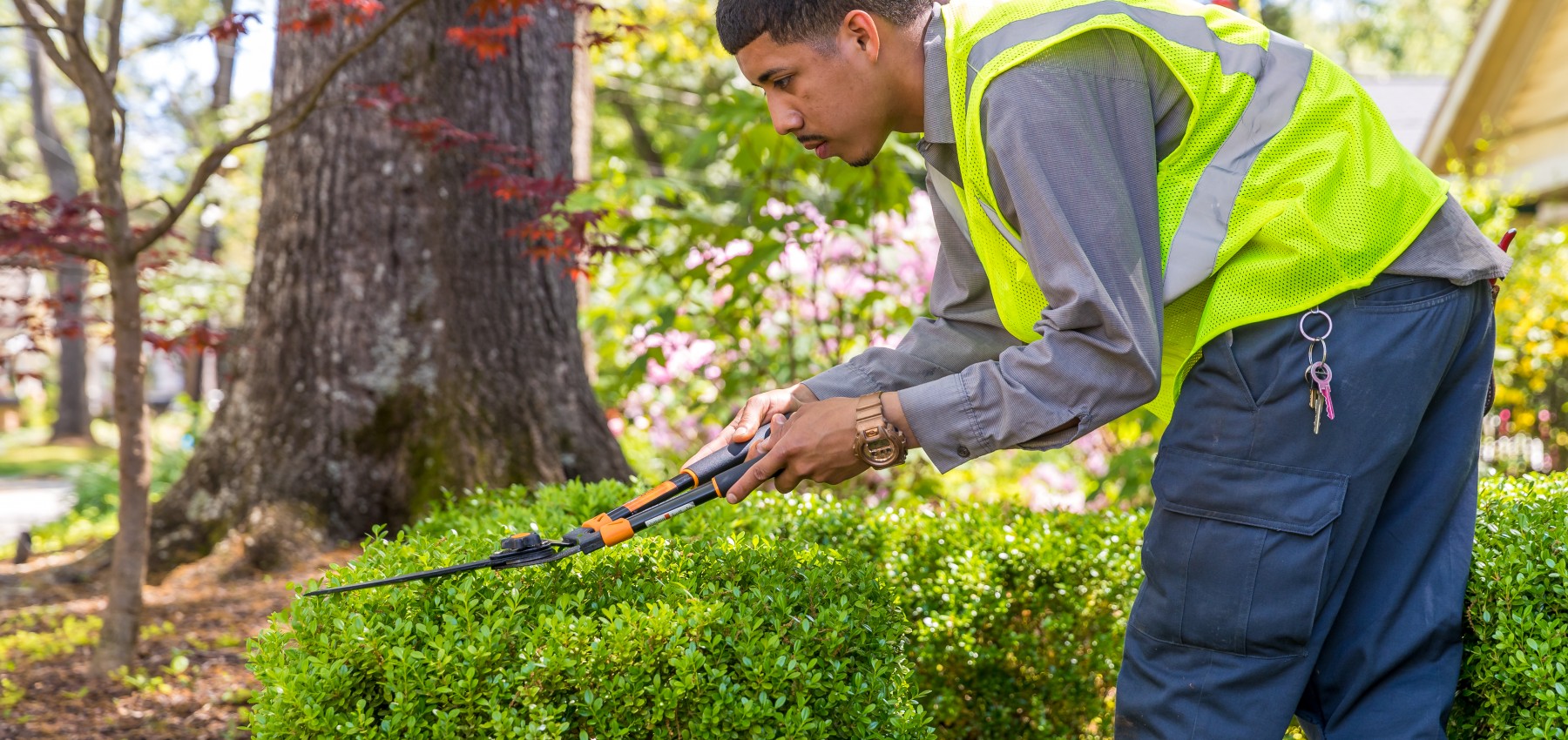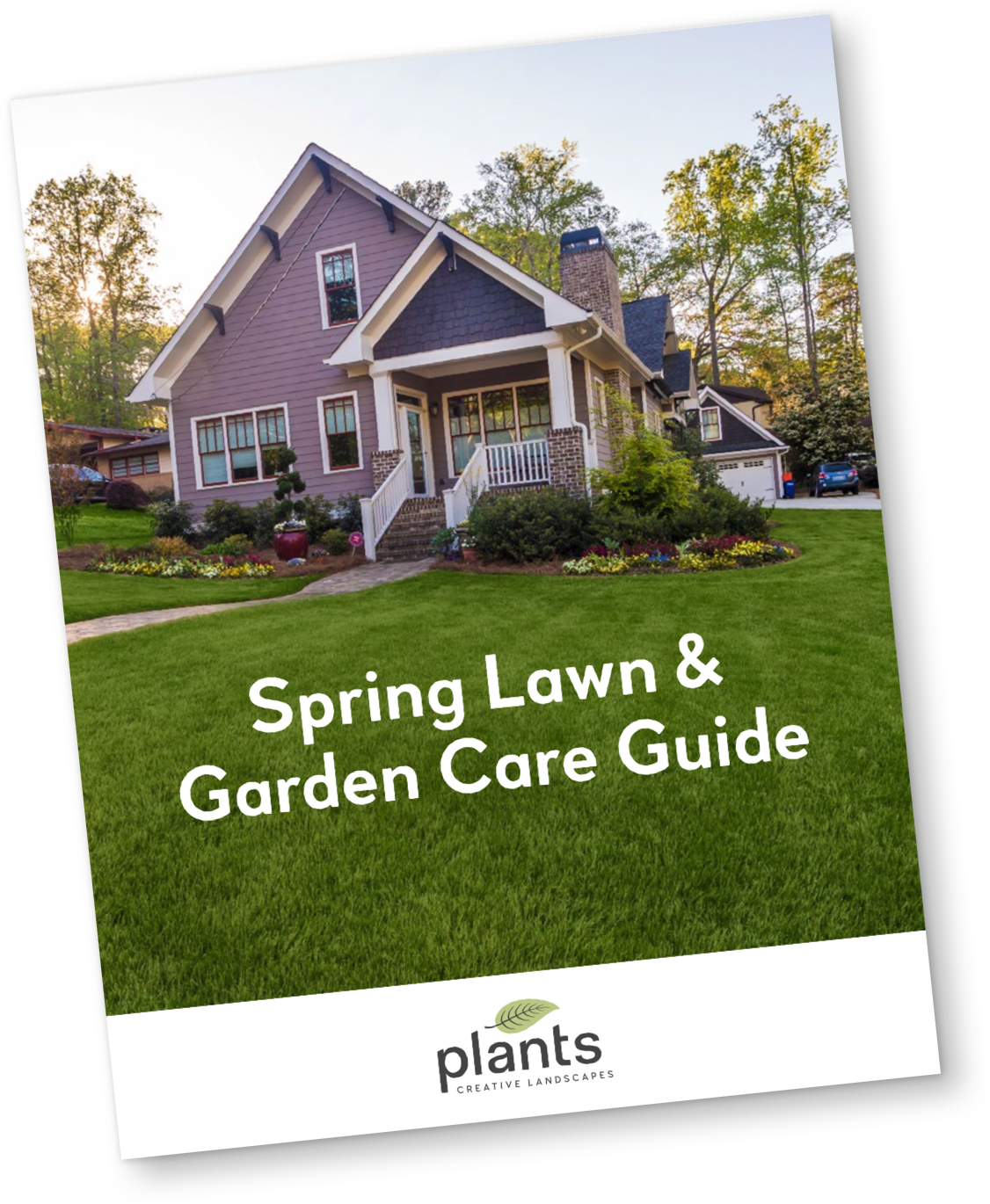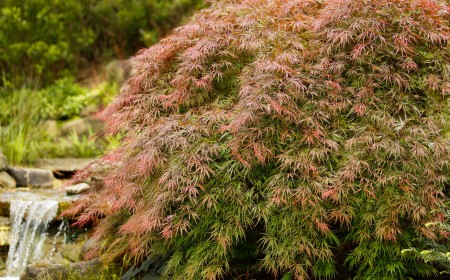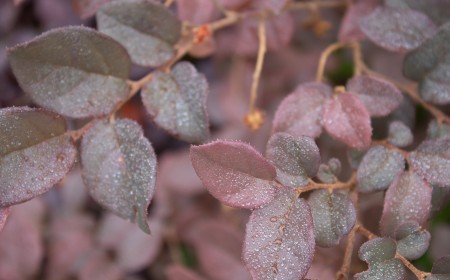The benefits of trees are well-documented — just look at the US Forest Service’s report on them.
While trees do a lot for us, we don’t always do a lot for them. It’s not unheard of for people to take a “set and forget” approach to tree care, neglecting these helpful plants. The same can go for shrubs too!
Pruning is one of the most important ways to care for the larger plants in your landscape. However, there are certain methods you should use to make sure you’re doing it right.
Your questions are answered by our team below!
Why should I prune?
There are three main reasons to prune trees and shrubs:
- Improves their appearance — Pruning trees and shrubs prevents them from looking overgrown, and can “train” them to look a certain way as they grow. The best-looking, most aesthetically pleasing trees have a distinct shape.
- Keeps them healthy — Pruning lets more sunlight and air filter through, which is good for any lawn or garden growth underneath your tree or shrub. And certain flowering shrubs or fruit trees, when pruned properly, will produce more flowers and fruit.
- Prevents diseases & stops pests — Most major diseases, insects, and pests can be stopped in their tracks with proper pruning. More on that below!
When is the best time to prune a tree?
As the leaves start falling in autumn, many of us assume it’s a good time to start pruning — the trees are going to sleep, which is why the leaves are falling, right?
Wrong! Just like in the spring and summer, sap is still flowing throughout the fall. You could rob the tree or shrub of essential nutrients if you prune them.
The best time to prune is the dead of winter, though early spring is okay too, so long as the weather hasn’t gotten too warm yet. Trees go dormant in the winter, so when you prune them they have time to recover before the summer heat rolls in. Plus, without the leaves or flowers, it’s a lot easier to see what you’re doing!
And one more general tip: prune when it’s sunny out rather than rainy or wet. Damp weather encourages the growth of microbes that will make the most of the damage your pruning does, spreading harmful diseases. When the sun’s out, it dries and kills mold and bacteria.
What’s the best technique for pruning?
Generally, when you’re pruning, cut the branch as close to its source as you can. Pruning back to the main stem stops stubs from sticking out, which bacteria and insects love.
Try to cut at the same angle as the “branch collar” — this is the spot where the branch and trunk meet. (A quick Google search will show you what it looks like.) If you’ve done it right, a circle of healthy callus will eventually appear where you pruned.
How much should I prune?
When it's time to prune, focus first on removing any dead, rotten, broken, or damaged limbs. This stops insects and diseases from capitalizing on your tree.
If you see two branches rubbing or crossing each other, cut the smaller branch off. Crossed branches will eventually grow into each other, which usually ends with broken branches and deterioration. You can also take off lower branches that interfere with foot traffic or lawnmowers, depending on the tree or shrub.
You can remove living branches, but always try to keep at least two-thirds of the living branches on the tree! Pruning too much will leave your tree or shrub looking disfigured.
We’d be remiss if we didn’t put a disclaimer here: not all trees or shrubs require the same type of pruning. Some may need more aggressive pruning or to be pruned at different times of the year. If you’re not sure how to best prune your tree, we suggest getting in touch with a maintenance professional or certified arborist.
Should I prune large trees?
Any pruning job that requires climbing a ladder is best left to a professional with special safety training and the equipment to handle the job.
Certain larger trees can occasionally have branches dangerously close to power lines. These should be pruned before they become unstable.
In nature, damaged or decaying branches drop harmlessly to the forest floor. However, near homes and streets, they can do a lot more damage and potentially cause injuries.
In these cases, we recommend calling a certified arborist! If you don’t know one, we’re happy to refer some in your area. Trees that are regularly inspected and pruned by trained professionals will be not only safer but healthier too!
Proper pruning is worth the time & effort
Taking the time to prune your trees and give them the care they deserve pays dividends over time. Your trees will stay healthier and look even more beautiful!
This winter, try out some basic pruning with these tips. And, as always, you can leave the work to our maintenance crews — more info on our packages here.






